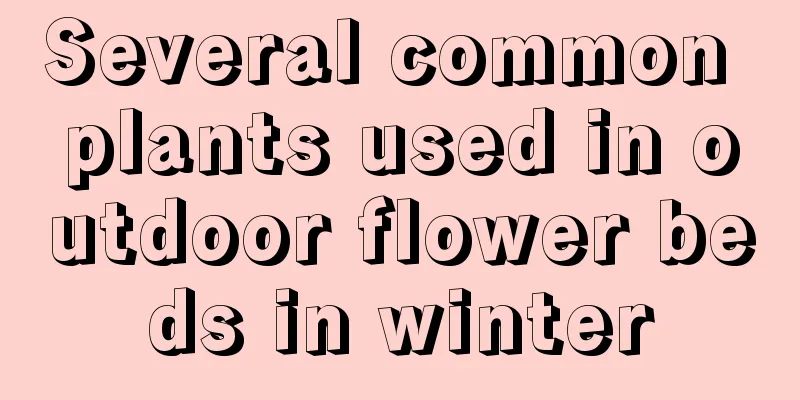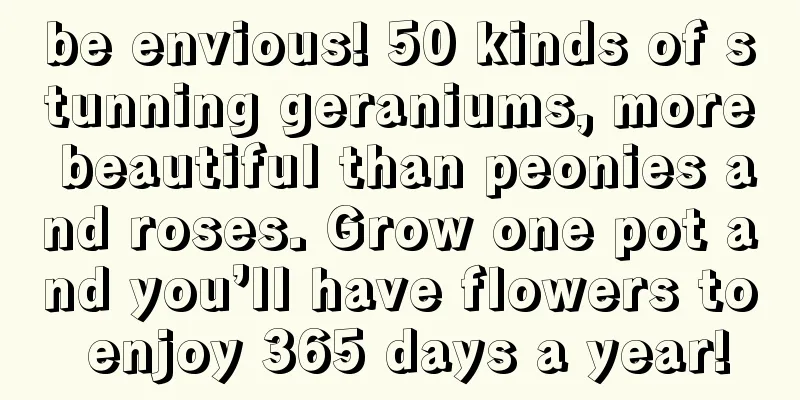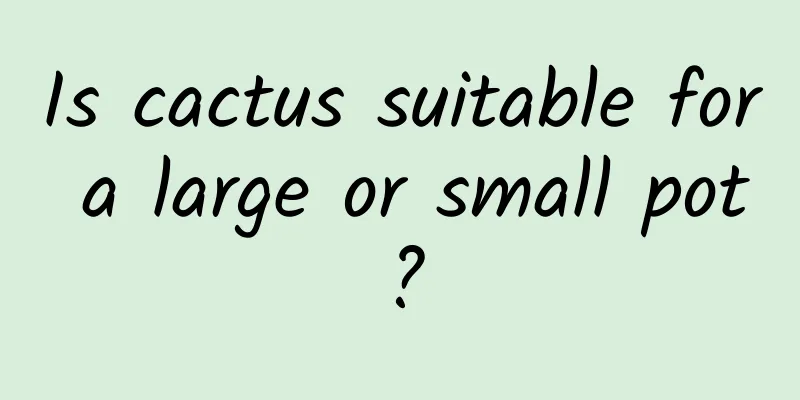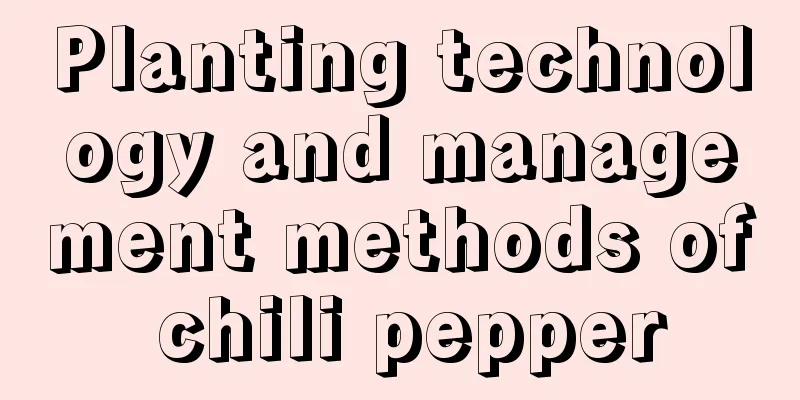The Complete Book of Plant Poisons: You Must Know

1. Plants containing glycosides1. Oleander: an evergreen shrub with pink or white flowers. It is widely distributed. Its leaves, flowers and bark are all poisonous. 2. Digitalis: also known as purple foxglove, a herbaceous plant that is cultivated in various places. The entire column is covered with short hairs, the leaves are ovate, and they bloom in early summer, facing one side, and the leaves are poisonous. 3. Lily of the valley: A herbaceous plant that grows wild in the mountains of Northeast and Northern China. It has bell-shaped, white and fragrant flowers, and the whole plant is poisonous. 4. Convolvulus foetida: also known as Convolvulus curare, it is a shrub that is cultivated in Yunnan and Guangdong of my country. The flowers are yellow with purple spots and white latex, and the whole plant is poisonous. 5. Poison Arrow Tree: Also known as "Strychnos nux vomica", it is a deciduous tree distributed in Guangxi, Hainan and other places. It is 20 to 25 meters high, with ovate-elliptical leaves and purple-red fleshy fruits. Its juice is poisonous. 6. Others: sorghum seedlings, cassava, apricot, peach, plum and apricot kernels, polygala, platycodon, sapodilla, etc. 2. Plants containing alkaloids1. Datura: A herbaceous plant, 1 to 2 meters tall, with erect stems and oval leaves. It blooms in summer, with tube-shaped flowers and funnel-shaped white corollas. The whole plant is poisonous, and the seeds are the most toxic. 2. Belladonna: A perennial herb with alternate leaves, one large and one small. It blooms in summer and is bell-shaped and lavender. Its fruit is a spherical berry that is black-purple when ripe. Its leaves and roots are poisonous. 3. Hydrangea chinensis: A herbaceous plant that grows wild in Northeast my country, Hebei, Gansu and other places. The whole plant is hairy and smells bad. It blooms in summer and is funnel-shaped and yellow. The whole plant is poisonous. 4. Aconitum: A herbaceous plant distributed in the mountains and hills of central and eastern my country. It has an upright stem, blooms in autumn, and its roots are poisonous. 5. Poison hemlock: A herbaceous plant distributed in Northeast China, North China, Northwest China and Inner Mongolia. It has a large rhizome with fragrance and sweetness. The stems are hollow in autumn, the flowers are white, and the whole plant is poisonous. 6. Gelsemium elegans: Also known as guttate, it is an evergreen shrub that blooms in summer. It is distributed in Yunnan, Guangdong, Guangxi and Fujian in my country. Its roots, stems and leaves are all poisonous and are used by the people to kill insects. 7. Others: Tripterygium wilfordii (the root is poisonous) and Strychnos nux vomica (Strychnos nux vomica) seeds are highly toxic. 3. Plants containing toxic proteins1. Acacia beans, also known as red beans, are distributed in Guangdong, Guangxi, Yunnan and other places in southern my country. They are woody vines with thin and weak branches. They bloom in spring and summer and have rice-red seeds. Its roots, leaves, and seeds are all poisonous, with the seeds being the most poisonous. 2. Croton tree: a tree distributed in Yunnan, Sichuan, Guangdong, Taiwan and other places. It blooms in summer and its seeds are poisonous. 4. Plants containing phenols1. Ivy: An evergreen woody vine that is distributed everywhere. It has oval leaves, blooms in late autumn, and produces spherical, orange fruits. The whole plant is poisonous. 2. Poison fish vine: also known as hairy fish vine, it is distributed in coastal areas of my country. It has small leaves, sandwiched fruits, and its roots, stems and leaves are all poisonous. Mainly toxic to fish. 3. Others: oak, kudzu, sumac, sweet potato, betel nut, etc. Special note: Chewing betel nut can increase the risk of oral cancer. V. Others1. Mushrooms: There are many types, with more than 300 edible species. The main toxins of poisonous mushrooms include protoplasmic toxins (causing cell degeneration in most organs of the human body), neurotoxins (convulsions, fainting), gastrointestinal toxins (severe gastrointestinal pain) and hemolysis (hemolytic anemia). The main characteristics of poisonous mushrooms are: the crown is brightly colored or clay-colored, the surface is sticky and brittle, there are rings on the stem, they mostly grow on rotten things or feces, they change color obviously when broken, and when cooked they can turn silver, garlic or rice black. These features can be used for identification. 2. Other common poisonous plants: Solanum nigrum, boxwood, castor, chrysanthemum, cimicifuga, holly, hyacinth, cactus, mango (skin and seeds), parasite, mulberry, poinsettia, iris, elderberry, azalea, and dieffenbachia, etc. |
<<: Putting a few pots of plants in the kitchen is so useful
>>: The color of flowers actually affects Feng Shui
Recommend
Cultivation methods and precautions of Sophora japonica
1. Maintenance methods 1. Soil: Thick, fertile, a...
The efficacy and function of Astragalus, pictures of Astragalus
1. The efficacy and effects of Astragalus Improve...
What is the best month to plant grape hyacinth?
When to plant grape hyacinth Grape hyacinth is us...
Don’t use rice water indiscriminately to water flowers, otherwise it will be like poison and kill every pot of flowers you grow!
Watering rice with this water will make the leave...
What flowers are suitable for growing in Jilin? What are the city flowers and trees?
1. Climate characteristics of Jilin Jilin Provinc...
Planting lotus in a bucket, the result is shocking
I don’t know how the lotus harvests of everyone’s...
How to prune a money tree
Things to note before pruning money tree Everyone...
Can chrysanthemums be placed in the bedroom?
1. Appreciation Placing it in the bedroom is very...
How many days does it take for Chinese cabbage to sprout and emerge from the soil?
As a common green leafy vegetable , chicken feath...
Chlorophytum cutting time and method
Chlorophytum cutting time Chlorophytum can be pro...
When does the night-blooming cereus bloom?
1. Flowering time Epiphyllum blooms mostly betwee...
How to propagate crape myrtle
Grafting This method should be carried out betwee...
Can kiwi fruit be grown in the north?
Can kiwi fruit be grown in the north? Kiwis can b...
How to water Amaryllis? Watering this way will make the leaves lush and the flowers beautiful!
Classification and properties of Amaryllis There ...
The difference between amaryllis and lily
Introduction to Amaryllis and Lily Name: Amarylli...









